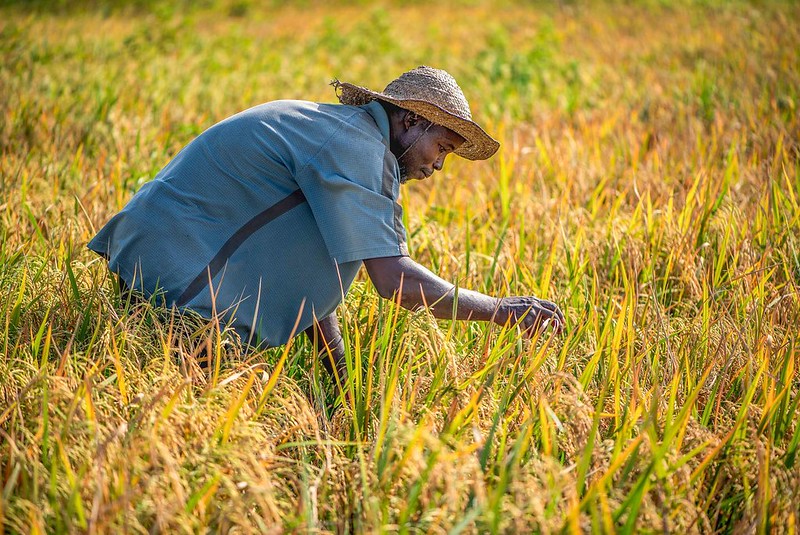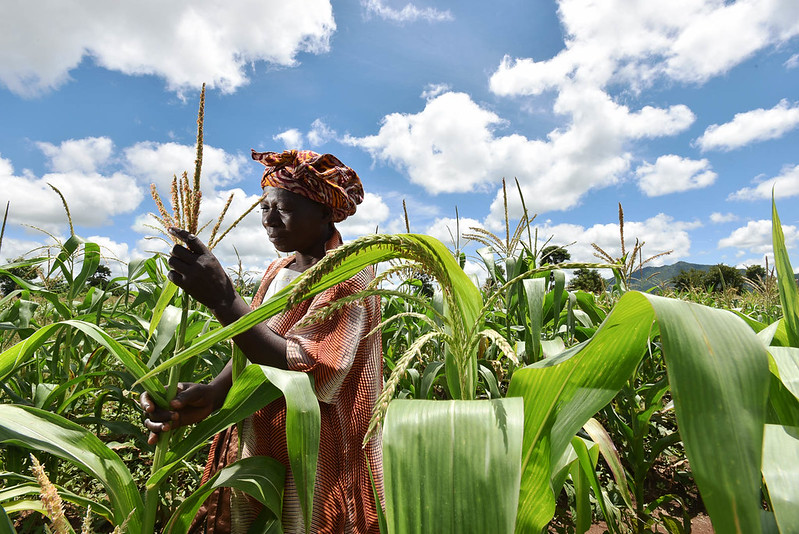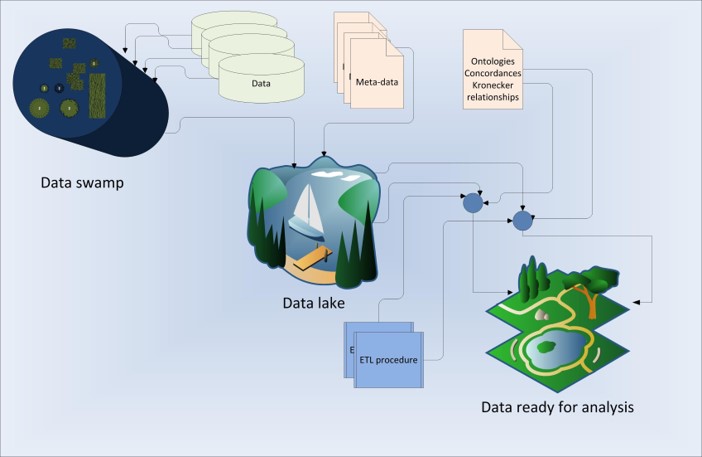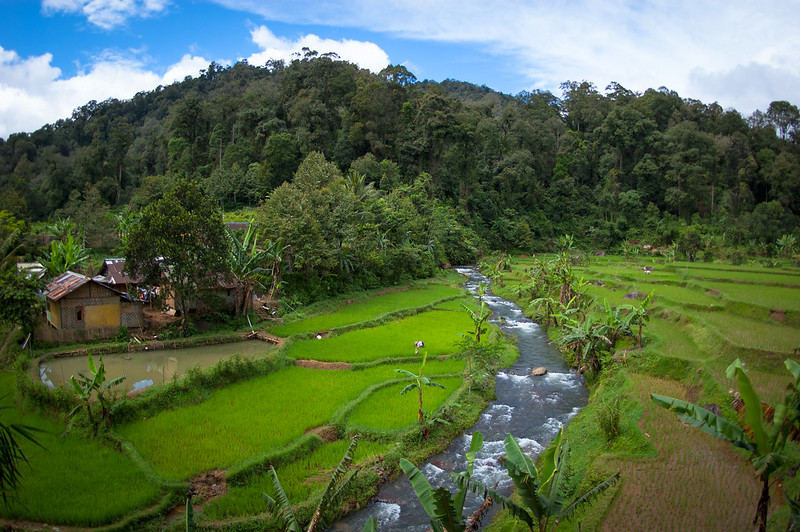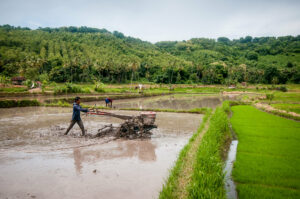Latest Posts
Sentinel Landscapes initiative: Stocktake and baseline data analysis for future landscape management and monitoring in West Kalimantan
This publication is part of the Sentinel Landscape network initiative established in eight sites around the world representative of widely different biophysical and socioeconomic contexts. Here we present and summarize the results of the research and baseline studies carried out in West Kalimantan, Borneo. Within the Kapuas Hulu regency, two…
The future of Blue Carbon science
The term Blue Carbon (BC) was first coined a decade ago to describe the disproportionately large contribution of coastal vegetated ecosystems to global carbon sequestration. The role of BC in climate change mitigation and adaptation has now reached international prominence. To help prioritise future research, we assembled leading experts in…
CarboScen: a tool to estimate carbon implications of land-usescenarios
Land use directly impacts ecosystem carbon and indirectly influences atmospheric carbon. Computing ecosystem carbon for an area experiencing changes in land use is not trivial, as carbon densities change slowly after land-use changes. We developed a tool, CarboScen, to estimate ecosystem carbon in landscapes. It is a simple tool typically…
Building future scenarios and uncovering persisting challenges of participatory forest management in Chilimo Forest, Central Ethiopia
We examined the changes in forest status and people’s livelihoods through building future scenarios for Chilimo Forest in Central Ethiopia where participatory forest management (PFM) is being implemented. Participatory methods were employed to collect data, and a dynamic modeling technique was applied to explore trends over time. By integrating the…
Future socio-economic impacts and vulnerability
The projected impacts of climate change are significant, and despite the uncertainties associated with current climate and ecosystem model projections, the associated changes in the provision of forest ecosystem services are expected to be substantial in many parts of the world. These impacts will present significant social and conomic challenges…
Historical trajectories and prospective scenarios for collective land tenure reforms in community forest areas in Colombia
Collective land tenure in Colombia has been a constitutional right since 1991. It is therefore protected with the highest possible status, as it is defined as a fundamental right of indigenous and Afro-Colombian peoples. This condition has contributed to the creation of legal instruments and public policy arrangements to help…
Future scenarios as an instrument for forest management: manual for training facilitators of future scenarios
The purpose of this manual is to help trainers in future scenario better facilitate training workshops for field officers such as forestry managers, extension officers and researchers who are keen to facilitate future scenarios in their forest management projects. Future scenarios are a diverse and flexible set of methods that…

